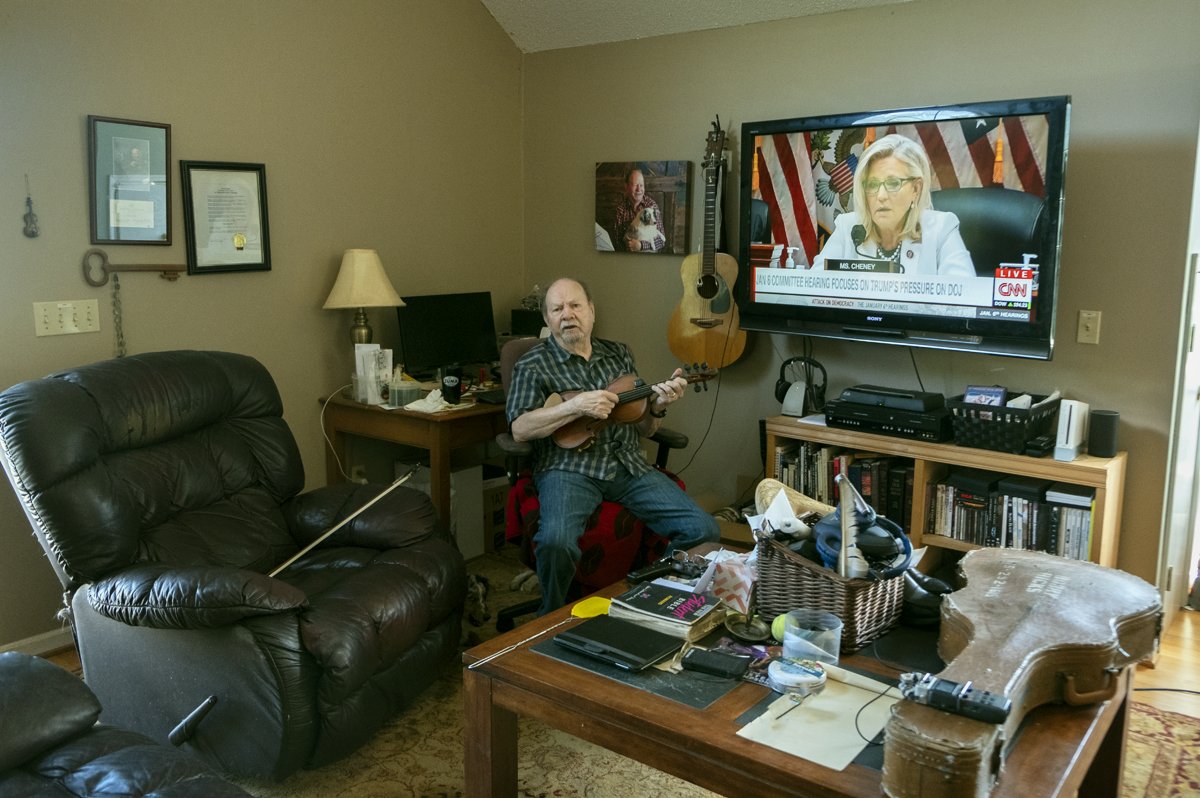I wrote about Corey Gradin in my blog on November 27, 2013. I titled the blog entry, “Hero - Corey Gradin.” I’ve copied it below.
On this Thanksgiving Day, I have much to be thankful for – health, friends, family, our home and community, my life itself. Fortunate and blessed are words I like to use. But today I find my thoughts repeatedly returning to one of my present-day heroes – Corey Gradin.
On a recent trip to Durham, I had the distinct honor of photographing Corey on her seventeenth birthday – November 12. It was a gray and rainy afternoon when we set up for the portrait in her backyard. We were both shivering and bundled against the weather and the resulting pictures present a slightly-blurred vision of this remarkable young woman.
Corey is the daughter of dear friends, Harlan Gradin and Elise Goldwasser, and has been a model of strength and wisdom for me since I first met her as a baby. You see, Corey was born with cystic fibrosis and her life has been an endless stream of hospital stays, missed school and activities, and delayed dreams. Her health issues have recently progressed to include diabetes and hearing loss. This past summer she and her parents spent long months at Washington University Hospital in St. Louis where Corey had a successful double lung transplant, which has given her some relief from the respiratory problems she’s endured forever. What has impressed me most has been Corey’s total lack of self-pity. That, and her ability to take full ownership of her illness, handling most of her own daily treatments, and accepting the cards that life has dealt her.
So, today, I am thankful for Corey – her friendship, her life, her warmth, her intelligence and sense of humor. I think back to a visit with her a couple of years ago – a particularly good period of time for her. She walked into the room – a vivacious fifteen-year old, hair in curled ringlets, a short skirt and tight blouse advertising her strong sense of self. “Geez, you look hot,” I proclaimed in my best dirty old man imitation. Corey looked me in the eye, obviously pleased by my observation, and with customary grace and glowing pride said, “Well, thank you.”
Now, almost ten years later, Corey passed away last Friday. She remains my hero.





























































